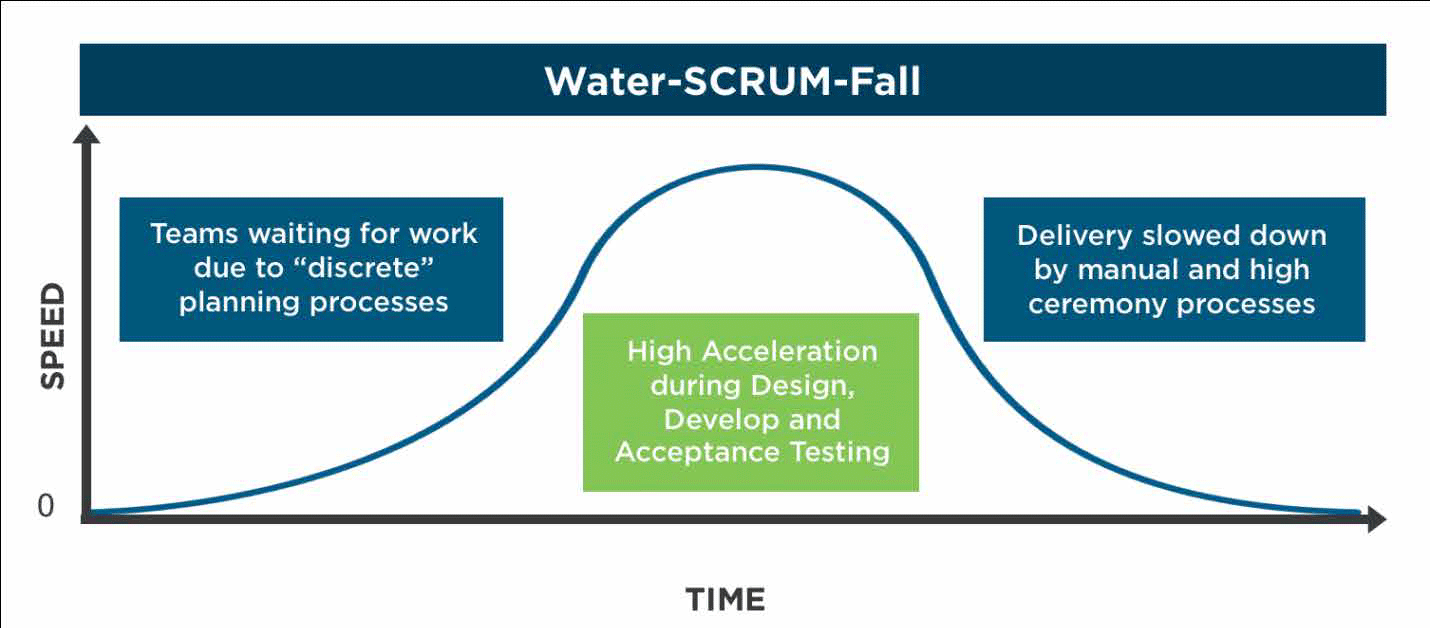THANK YOU FOR SUBSCRIBING
Editor's Pick (1 - 4 of 8)

On the Evolution of Agile to DevOps
Carmen DeArdo, DevOps Speaker, Consultant, Author and DevOps Leader, Nationwide


Carmen DeArdo, DevOps Speaker, Consultant, Author and DevOps Leader, Nationwide
It is necessary to move mindsets to think about different ways to solve devops problems
 A good example of this relates to deployment. In the past, the model might have been to centrally govern and control how deployments were done. This created several problems. It meant that teams which needed more flexibility would be motivated to find ways outside of the tooling to do what they wanted. These types of local optimizations created variations which increased waste and inefficiency.
A second problem was that the team owning the tool became a bottleneck for any type of change needed for a specific team’s configuration. This added an SLA to the process which increased the delivery lead time.
A third problem was that any technology changes were evaluated from the basis of comparing tool ‘A’ vs tool ‘B’. This results in decisions primarily focused on financial costs of the tool rather than how the tool impacted the ability of teams to delivery more quickly and efficiently. The evaluation needs to be based on what value is added to the integrated delivery pipeline supporting the value stream.
In some cases, there were actually disincentives built into how tool usage was internally charged back to the teams using them which incented the team to utilize less of an automated tool to reduce the charge-back and resulted in resorting to more inefficient manual activities.
These are the types of true cultural issues that have to be addressed in order to be successful at not only reducing lead time but creating a more efficient delivery value stream and underlying technology foundation that reduces overall costs and improves quality.
Moving Mindsets
As we continue our DevOps journeys, it’s necessary to move mindsets to think about different ways to solve these problems. Everyone in the company needs to think about how they are supporting the goal of being more responsive to the business needs. Reducing lead time and deploying more frequently can’t just be the focus of the IT delivery teams. Optimizing the delivery value stream has to become the focus of the entire organization.
A good example of this relates to deployment. In the past, the model might have been to centrally govern and control how deployments were done. This created several problems. It meant that teams which needed more flexibility would be motivated to find ways outside of the tooling to do what they wanted. These types of local optimizations created variations which increased waste and inefficiency.
A second problem was that the team owning the tool became a bottleneck for any type of change needed for a specific team’s configuration. This added an SLA to the process which increased the delivery lead time.
A third problem was that any technology changes were evaluated from the basis of comparing tool ‘A’ vs tool ‘B’. This results in decisions primarily focused on financial costs of the tool rather than how the tool impacted the ability of teams to delivery more quickly and efficiently. The evaluation needs to be based on what value is added to the integrated delivery pipeline supporting the value stream.
In some cases, there were actually disincentives built into how tool usage was internally charged back to the teams using them which incented the team to utilize less of an automated tool to reduce the charge-back and resulted in resorting to more inefficient manual activities.
These are the types of true cultural issues that have to be addressed in order to be successful at not only reducing lead time but creating a more efficient delivery value stream and underlying technology foundation that reduces overall costs and improves quality.
Moving Mindsets
As we continue our DevOps journeys, it’s necessary to move mindsets to think about different ways to solve these problems. Everyone in the company needs to think about how they are supporting the goal of being more responsive to the business needs. Reducing lead time and deploying more frequently can’t just be the focus of the IT delivery teams. Optimizing the delivery value stream has to become the focus of the entire organization.











